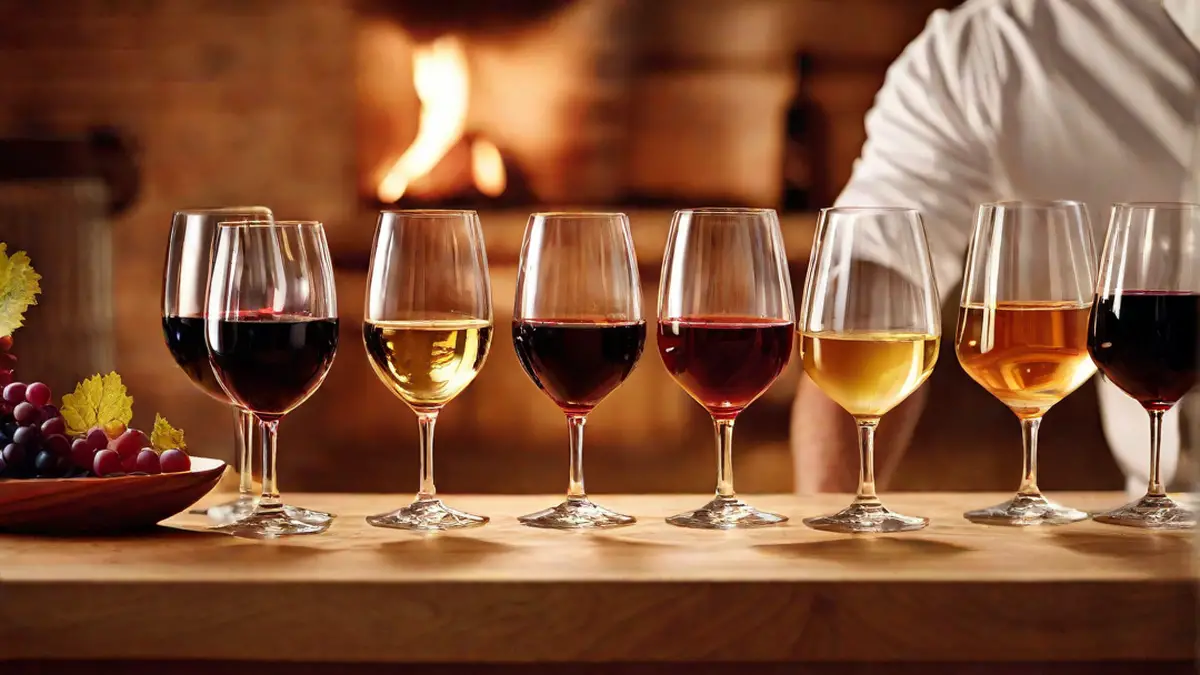Warming up mulled wine is definitely among my favorite winter traditions. The aroma of heated spices floating through the air brings an unparalleled sense of comfort, transforming any meet-up into an inviting, cozy space. This article will offer detailed guidance on how to perfectly heat mulled wine, complemented by personal tips and insights to enhance the enjoyment even more.
Choosing the Right Wine
The first step in heating mulled wine is selecting the right wine to use as your base. Traditionally, red wine is used for mulled wine, as its robust flavors complement the spices well. I personally prefer using a full-bodied red wine, such as a Cabernet Sauvignon or a Merlot, as they can hold up to the bold flavors of the spices.
The Essential Spices
The spices are what give mulled wine its signature flavor. The classic combination includes cinnamon sticks, cloves, star anise, and orange peel. However, feel free to experiment and add your own personal touch. I like to include a few cardamom pods and a pinch of nutmeg to add a subtle complexity to the spiced wine.
The Heating Process
Once you have your wine and spices ready, it’s time to start heating. Pour the wine into a large pot and add the spices. It’s important to heat the wine gently without boiling it, as boiling can result in the alcohol evaporating. I like to keep the heat on low to medium-low and let the wine simmer for about 15-20 minutes.
While the mulled wine is heating, your kitchen will be filled with the most enchanting aroma. It’s like a warm hug in a glass, promising comfort and joy.
Adding Sweetness
To balance out the natural acidity of the wine and enhance the flavors, a sweetener is often added to mulled wine. The most common choice is brown sugar, but you can also use honey or maple syrup. Start with a small amount and gradually add more to suit your taste preferences. I personally like mine on the sweeter side, so I tend to add a bit more brown sugar than most recipes suggest.
The Finishing Touches
Once the mulled wine is heated and sweetened to perfection, it’s time to strain the spices and serve. I like to ladle the warm spiced wine into mugs or heat-resistant glasses and garnish each serving with a fresh cinnamon stick or a slice of orange. The presentation adds a touch of elegance and makes the experience even more enjoyable.
Conclusion
Heating mulled wine is a delightful ritual that brings warmth and joy to cold winter nights. With the right wine, spices, and a little personal touch, you can create a comforting drink that will impress your guests and leave them longing for more. So, next time you’re in the mood for something cozy and aromatic, gather your ingredients, follow these steps, and indulge in the magic of homemade mulled wine.




